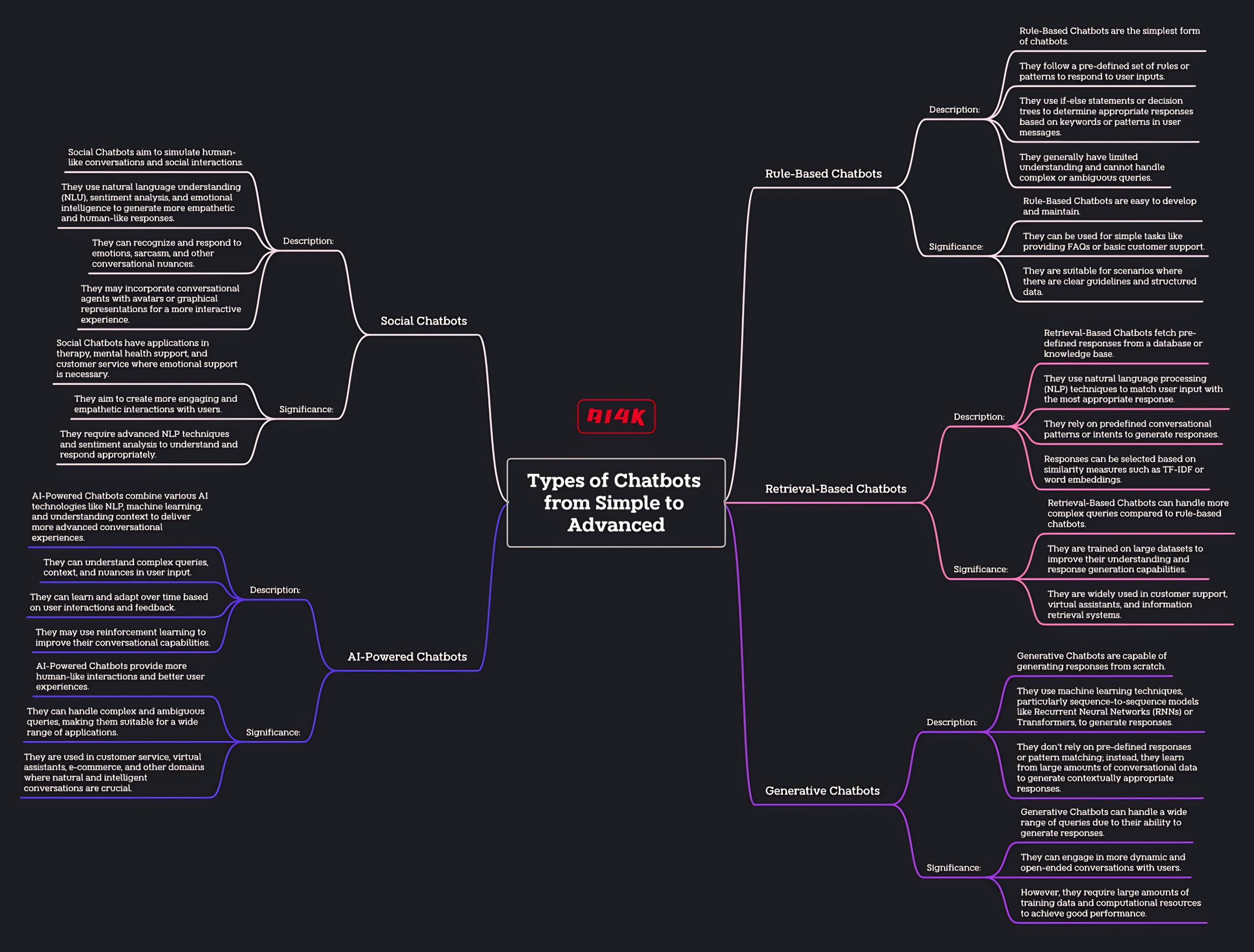Chatbots on Websites: From Retro Robots to Your Friendly AI Helper
Remember those awkward chatroom days of the early internet? Yeah, chatbots have come a long way from those clunky interfaces. Today, they’re everywhere on websites, helping us out and (hopefully) making our browsing experience smoother. But how did these digital sidekicks get here? Buckle up for a quick history lesson!
1950s: The Turing Test
Imagine a test to see if a machine could trick you into thinking it’s a real person. That’s the idea behind the Turing Test, proposed by Alan Turing in the 1950s. This test kind of planted the seed for the whole chatbot concept.
1960s & 1970s: Enter ELIZA
Meet ELIZA, an early chatbot from the 60s that could hold surprisingly human-like conversations (for the time). It wasn’t super smart, but it used some clever tricks to make you think it was. Imagine a therapist chatbot that just kept asking you questions – that was ELIZA!
1980s: Menu Mayhem
The 80s brought simpler chatbots, kind of like choose-your-own-adventure stories for websites. Imagine clicking through menus to get answers or using basic rules to chat with a program. Not fancy, but it was a start!
1990s & 2000s: The Internet Boom and Chatbot Growth
With the internet explosion, chatbots got a major upgrade. They could handle specific tasks on websites, like booking a flight or getting tech support. Think of them as those early website assistants who weren’t quite Siri yet.
2010s: AI Steps In – The 2010s were a game-changer.
Artificial intelligence (AI) and machine learning (ML) took chatbots to a whole new level. These chatbots could understand natural language and have more complex conversations. Remember Siri’s debut? That was a big moment for AI chatbots!
2020s & Beyond: The Generative AI Revolution
This is where things get exciting! The 2020s saw the rise of generative AI in chatbots. Generative AI allows chatbots to not just understand and respond to our questions, but also to generate creative text formats, like summaries of products or different answer phrasings to keep things engaging. Imagine a chatbot that can write you a short poem based on your favorite color, or answer your question in a funny or informative way depending on your mood!
So, generative AI has made chatbots more versatile, engaging, and able to personalize the user experience. The future of website chatbots is bright – imagine an AI assistant that can handle any task, answer your questions in a creative way, and even become a sort of digital friend!





